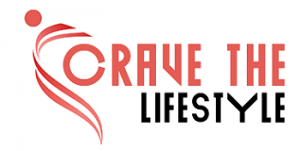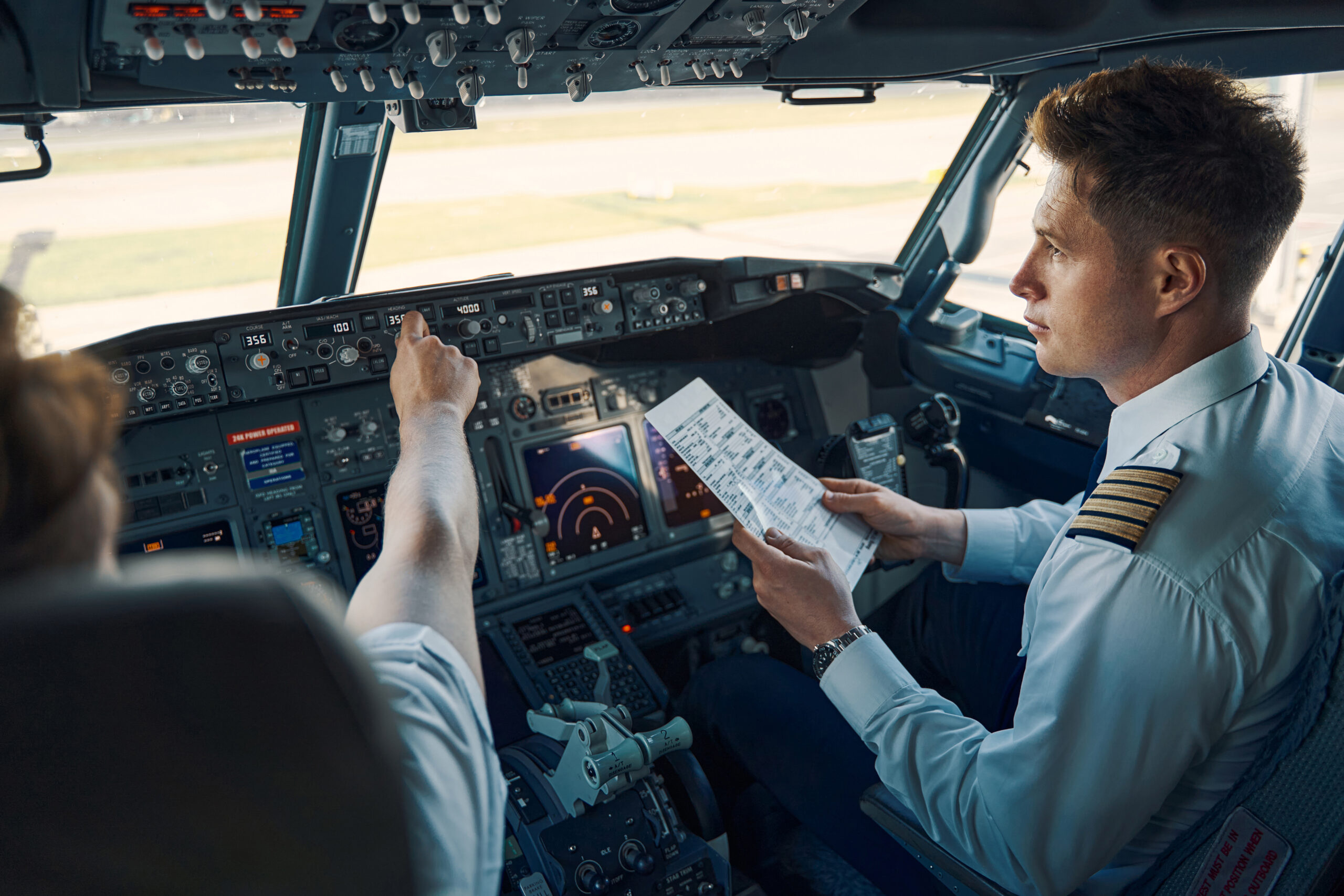A License is an official document stating that a person is legally allowed to fly a plane/Glider/helicopter in a defined territorial region. But why do you need a pilot license? A pilot license is mandatory to ensure the safety of the people who are flying, the people they are carrying as passengers, and for pre-destruction safety of property around them, Capital structures, Nature & Wildlife.
Student Pilot License (SPL)
This is the first step in getting to any of the other end pilot license goals. Think of SPL as a learner’s driving license allowing you a definite amount of time to polish your flying skills and complete the standard laid-down objectives. Basic requirements are 16yrs of age, clearing 3rd class medical, then attending a flying school. After completing your basic educational training at flying school, clearing the exam & completing required solo flying hours, you are issued your Student Pilot License, which allows you to fly solo in a given number of planes.
Sport Pilot License
This type of license is generally for enthusiasts who want to fly a plane as a hobby. In such a type of licensing, the only basic requirement is either having a valid driver’s license, SPL, or both. One is authorized as a Sport Pilot on the easiest terms without having to go under any medical examination. Hence this type of license is the easiest one to acquire. However, a sport pilot can only fly a Light Sport Aircraft (LSA), carrying one passenger (other than the pilot himself), and may not be allowed to fly at night.
Private Pilot License (PPL)
A private Pilot License is similar to SPL but is relatively tough & expensive. It is the foundation for acquiring all other types of Licenses further. To acquire PPL, one is required to:
- complete ground training
- double the number of flight hours (as required for Sport Pilot)
- clear 2nd class medical & written exam
PPL allows you to carry more passengers, but you are not paid for your flying.
Commercial Pilot License (CPL)
This is the most common license type issued to people who aspire to be a pilot. CPL allows you to get paid for your pilot services. The basic requirements to acquire a CPL are:
- 6-times the flying hour experience,
- a bunch of written exams & skill tests,
- 2nd class medical examination
CPL opens up a world of job opportunities & allows you to fly for corporates, tour guides, crop dusters, etc. However, CPL holders are not qualified to fly for an Airline; you’d require an ATPL for that.
Airline Transport Pilot License (ATPL)
This is the main career goal for most pilots & has the greatest number of requirements. To obtain an ATPL, you need CPL, complete an ATPL program, and clock 6-times the flying hours required for a CPL, along with a 1st class medical clearance. It generally takes 2yrs to complete such a course and become a full-time pilot to fly for an Airline.
Certified Flight Instructor (CFI)
As the name suggests, Certified Flight Instructor allows you to train student pilots for different types of planes. For this type of license, you require a CPL and 2nd class medical clearance along with a CFI course, including an equal number of flying hours as a CPL. Moreover, you’ll also have to clear a few written tests and instructing skills demonstration to attain a CFI.
Conclusion
All in all, the piloting goals decide which pilot license you must go for. Always keep in mind the amount of time & money you’re about to invest in getting a license. This career choice is great for people who want to explore and venture into the skies. Hope you find your goals aligned with the type of course & license you are going for.


 Explore the Best Shower Faucets for Every Bathroom Style
Explore the Best Shower Faucets for Every Bathroom Style  Why Parisian escort girls are great for solo travellers?
Why Parisian escort girls are great for solo travellers?  Use first-class CBD gummies for pain relief without any side effects
Use first-class CBD gummies for pain relief without any side effects  What do you need to know about baccarat loyalty programs?
What do you need to know about baccarat loyalty programs?  Why Choose Our Armored Cars Company for Unmatched Protection
Why Choose Our Armored Cars Company for Unmatched Protection  Why manga online can enhance your reading experience?
Why manga online can enhance your reading experience?  Why You Should Join a Minecraft Towny Server Today
Why You Should Join a Minecraft Towny Server Today  What makes online casino games fair to players?
What makes online casino games fair to players?  The Science Supporting Natural Wellness from Green Kratom
The Science Supporting Natural Wellness from Green Kratom 